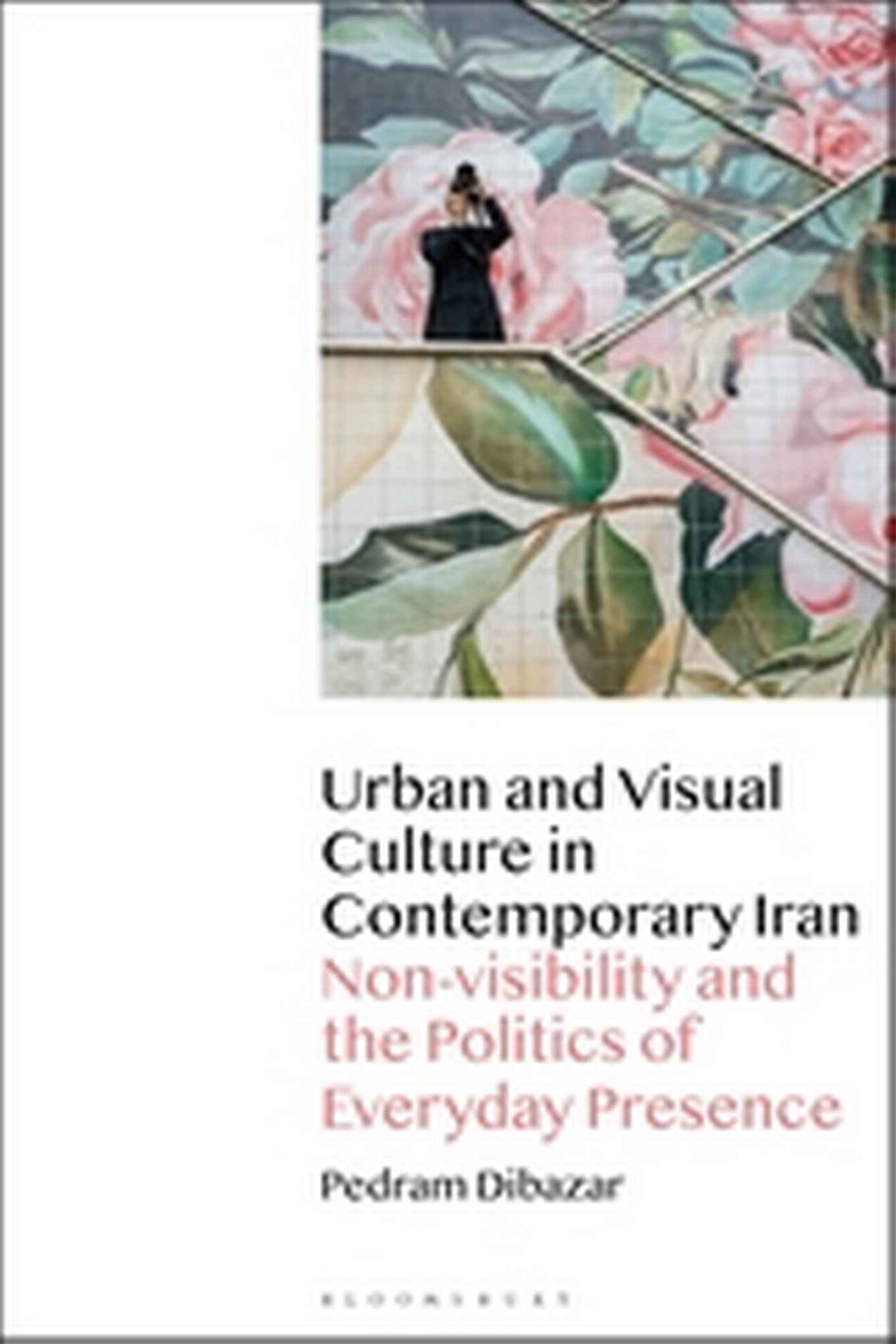About Urban and Visual Culture in Contemporary Iran
7 January 2021

In Urban and Visual Culture in Contemporary Iran, Pedram Dibazar argues that everyday life in Iran is a rich domain of social existence and cultural production. Regular patterns of day-to-day practice in Iran are imbued with forms of expressivity that are unmarked and inconspicuous, but have remarkable critical value for a cultural study of contemporary society. Blended into the rhythms of everyday life are nonconformist modes of presence, subtle in their visibility and non-confrontational in their resistance to the established societal norms and structures. This volume is about such everyday tactics and creativity as lived in space, visualised in cultural forms and communicated through media.
Through its analysis of familiar everyday experiences, Urban and Visual Culture in Contemporary Iran covers a wide range of ordinary practices-such as walking, driving, shopping and doing or watching sports-and spatial conditions-such as streets, cars, rooftops, shopping centres and stadiums. It also explores a variety of cultural formations, including film, photography, architecture, literature, visual arts, television and digital media. This book offers new ways of thinking about visual and urban cultures by highlighting a politics of everyday life that is conditioned on concerns over visibility and presence.